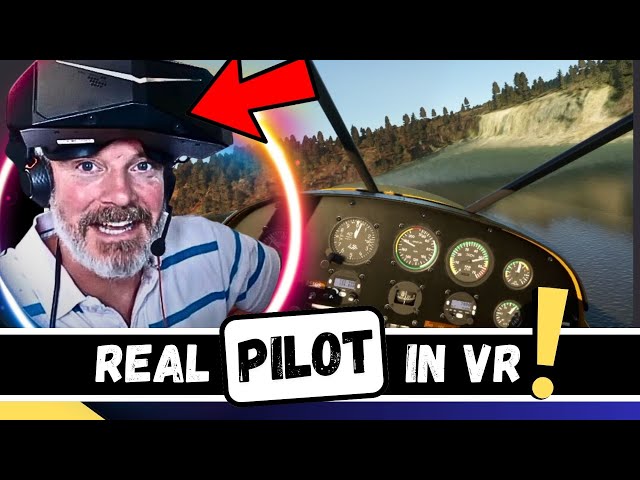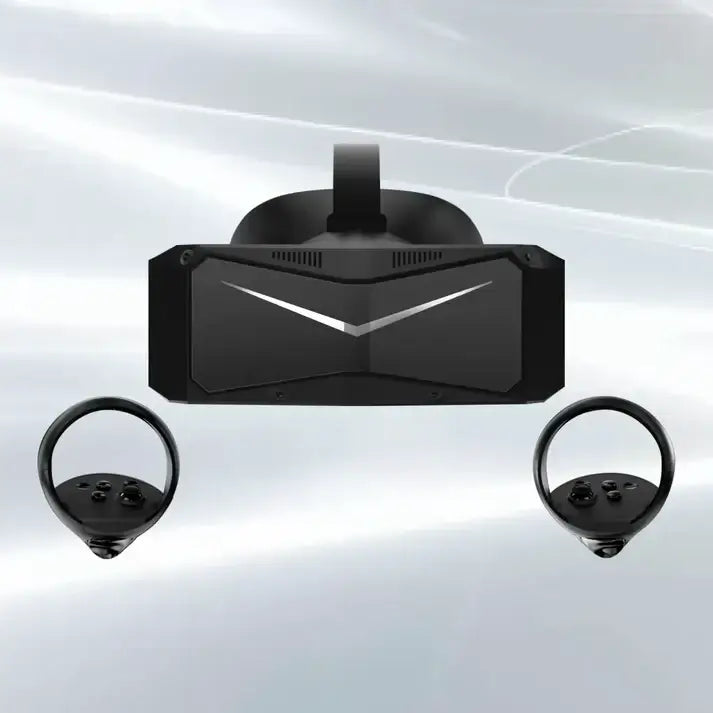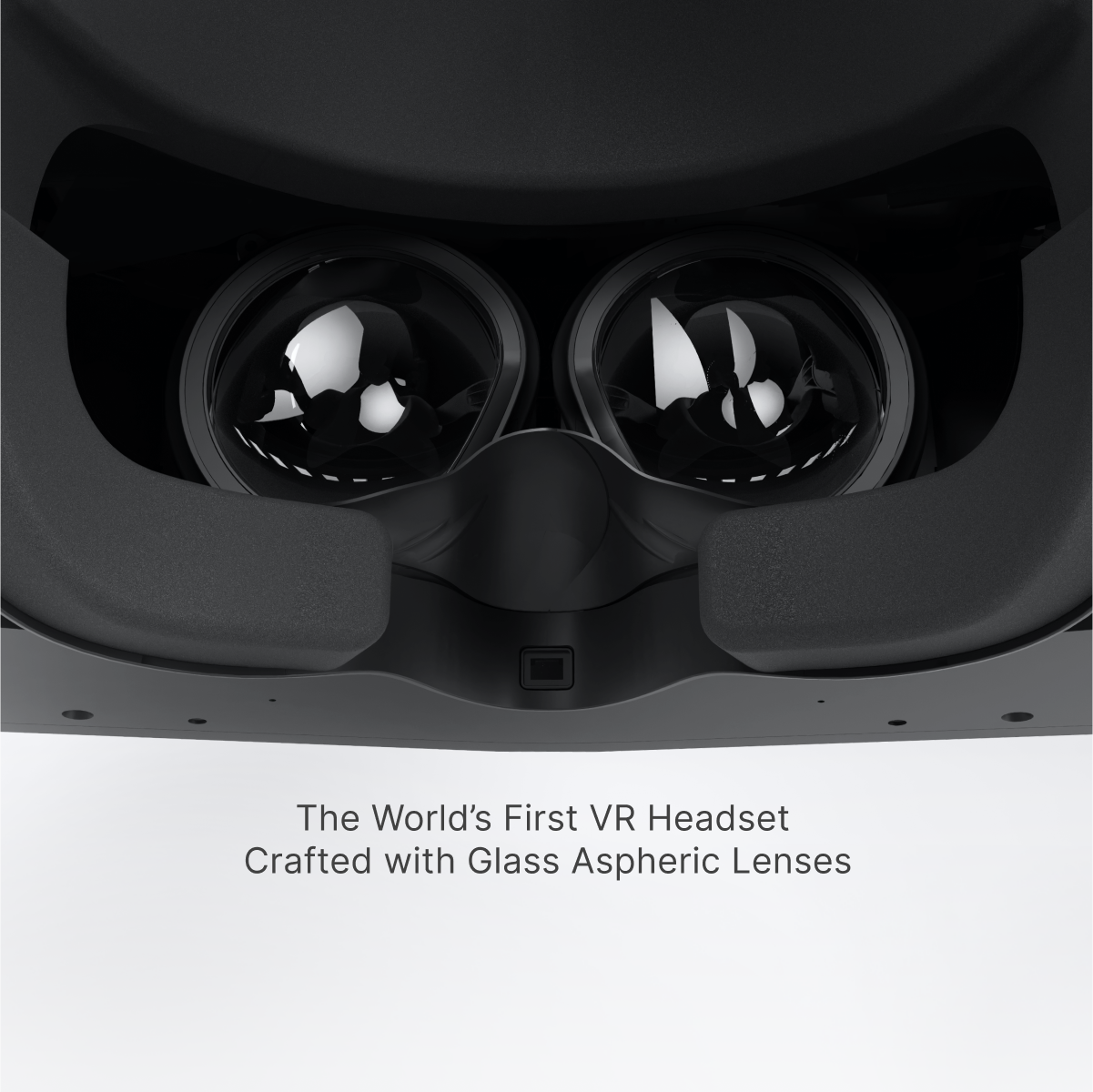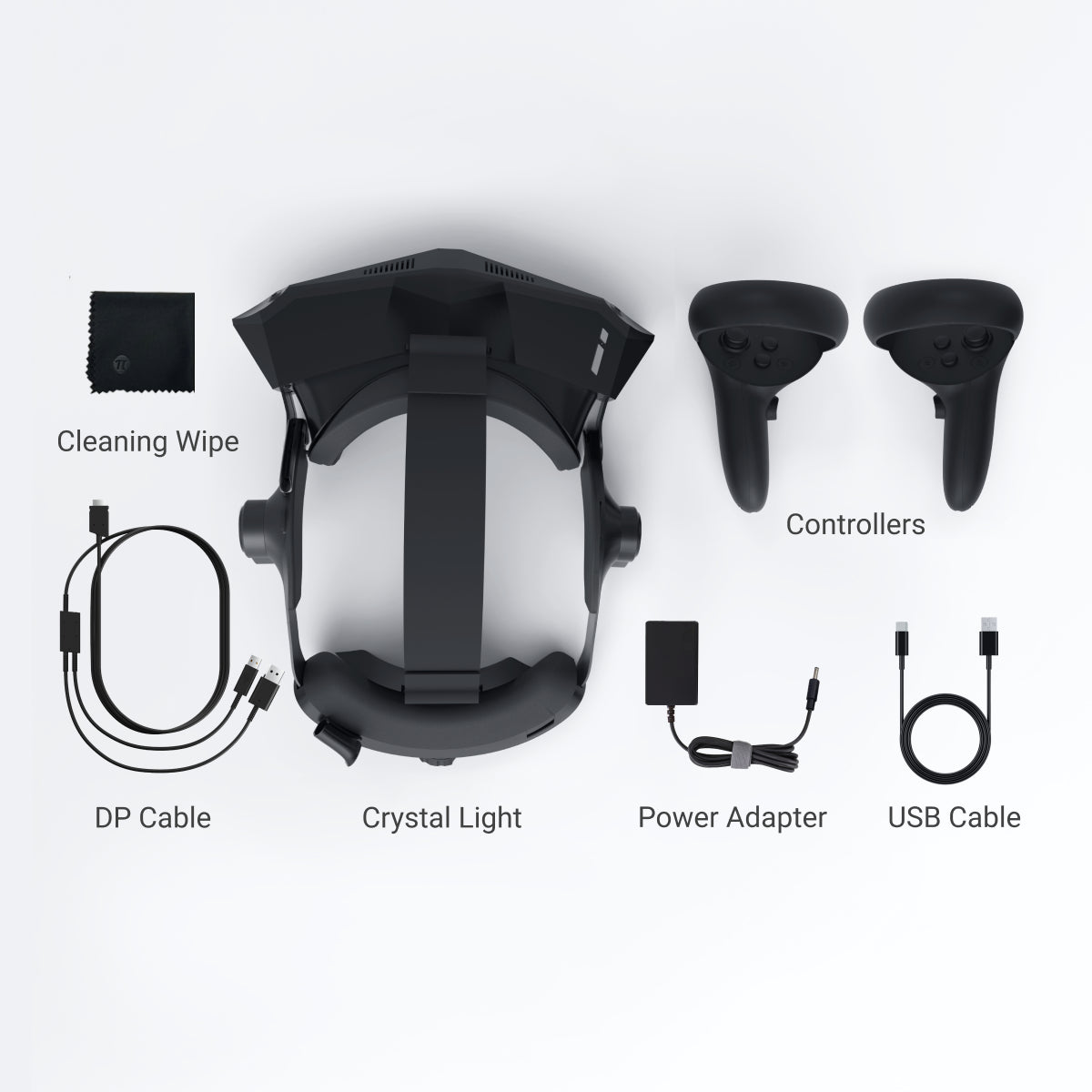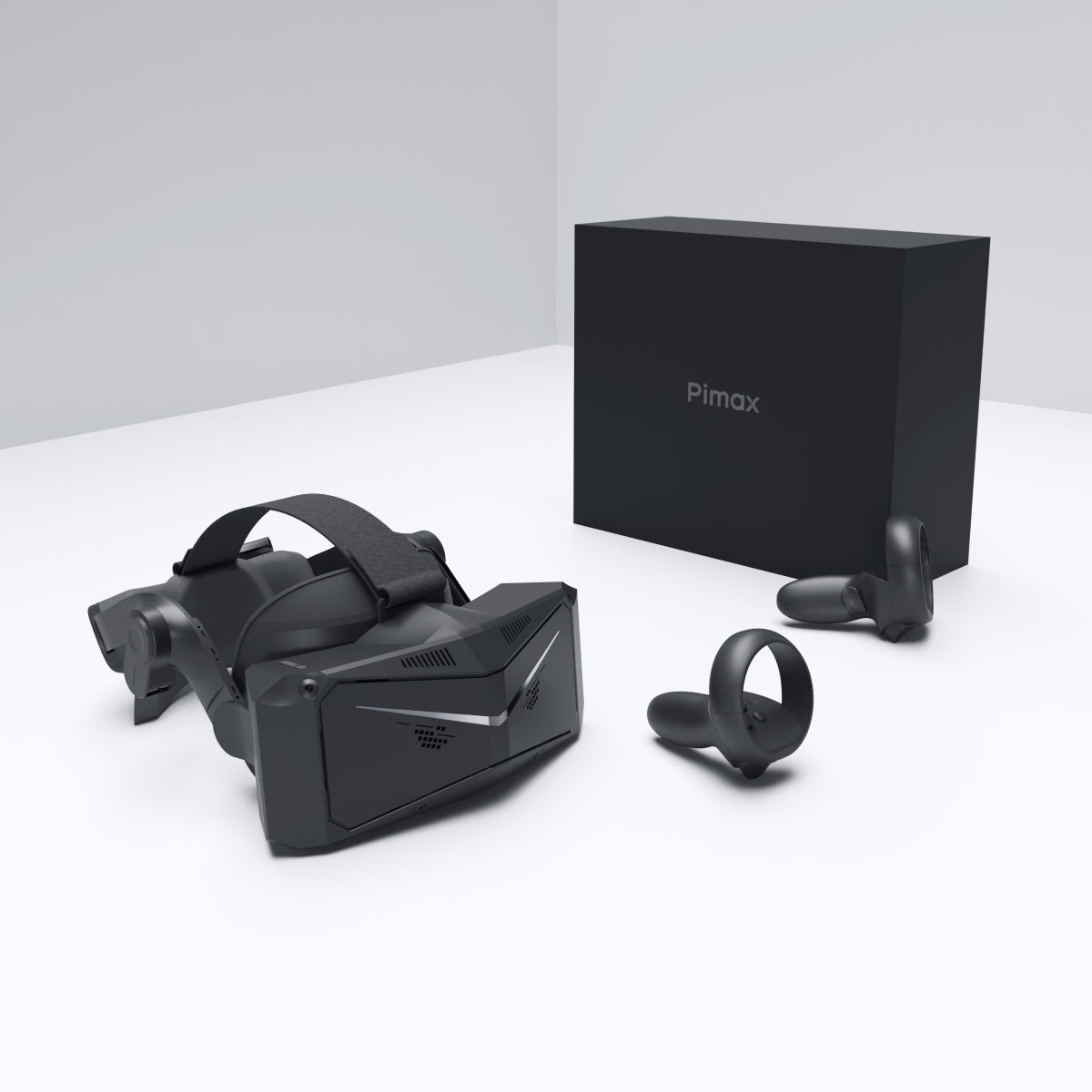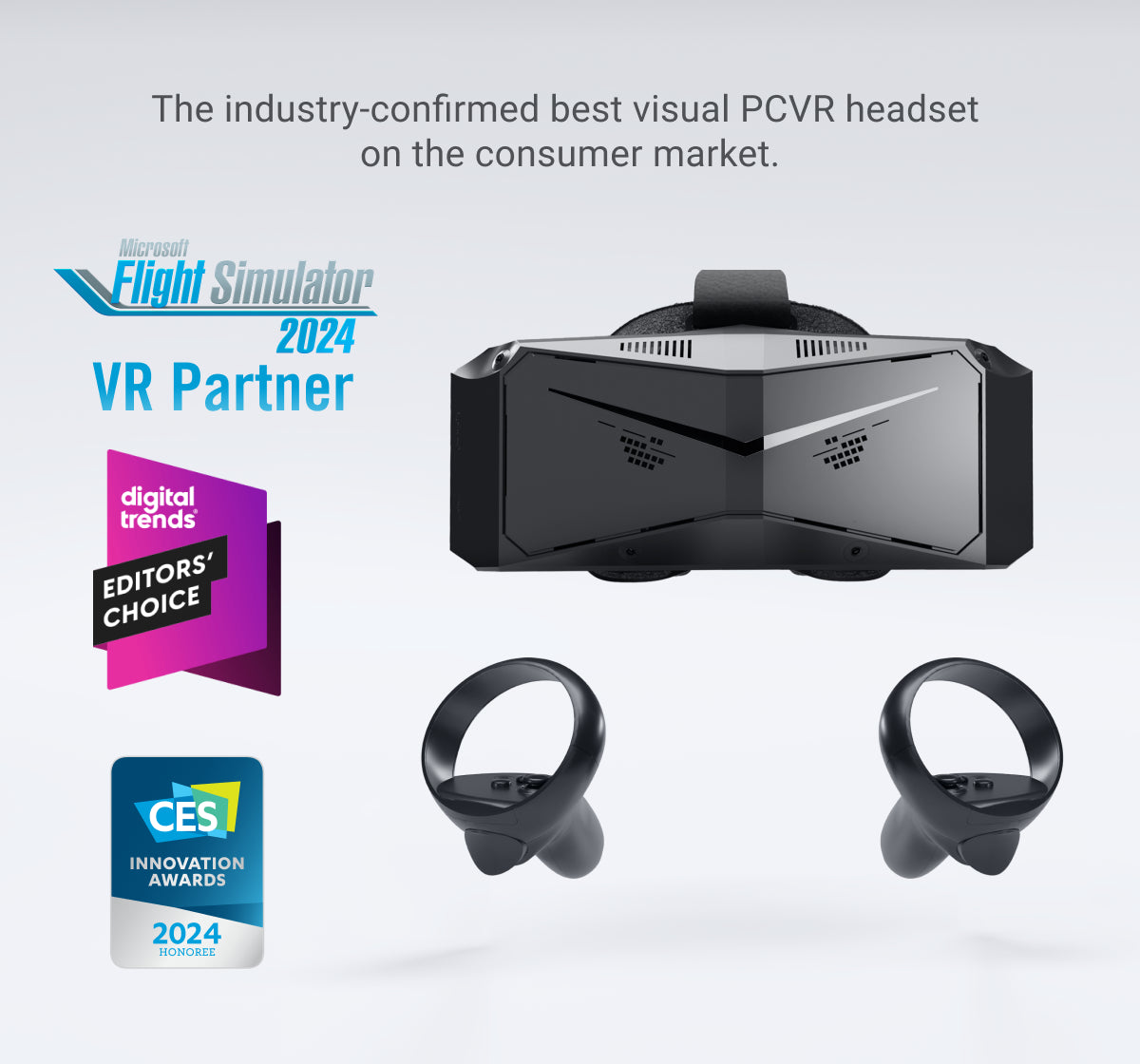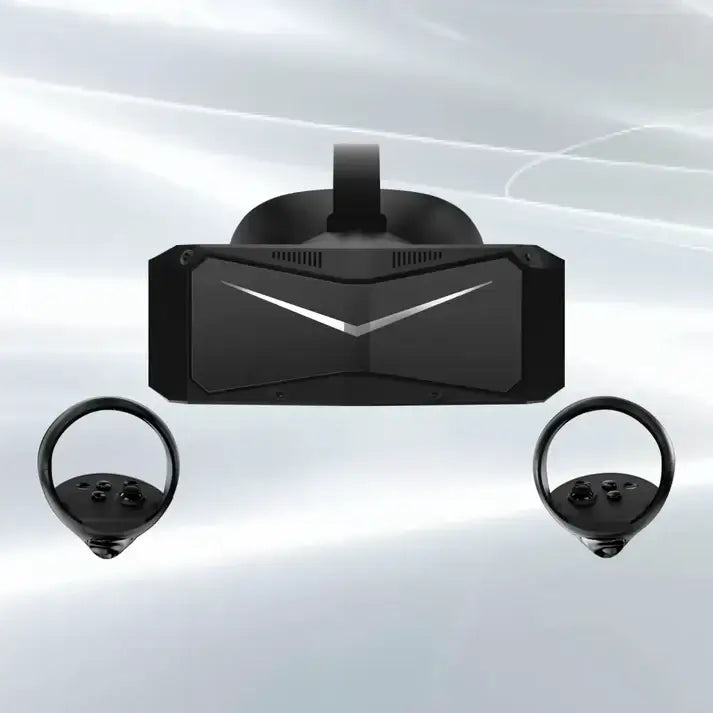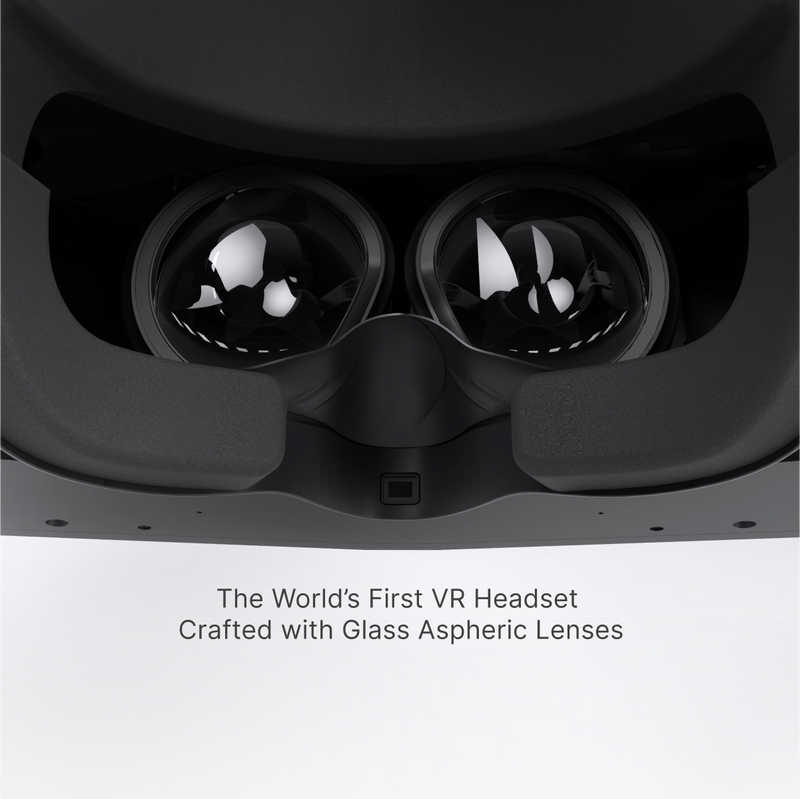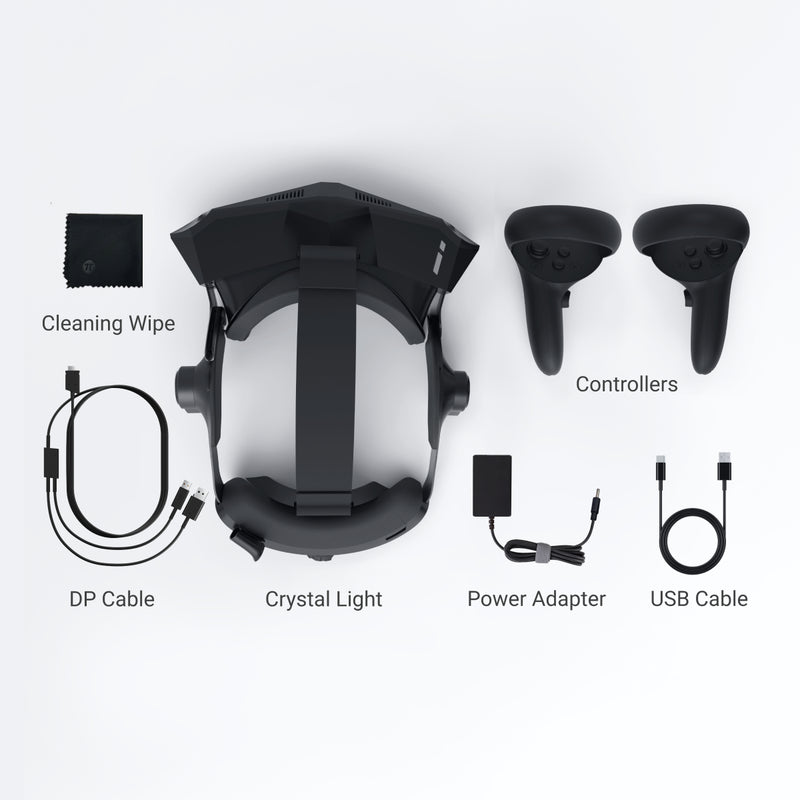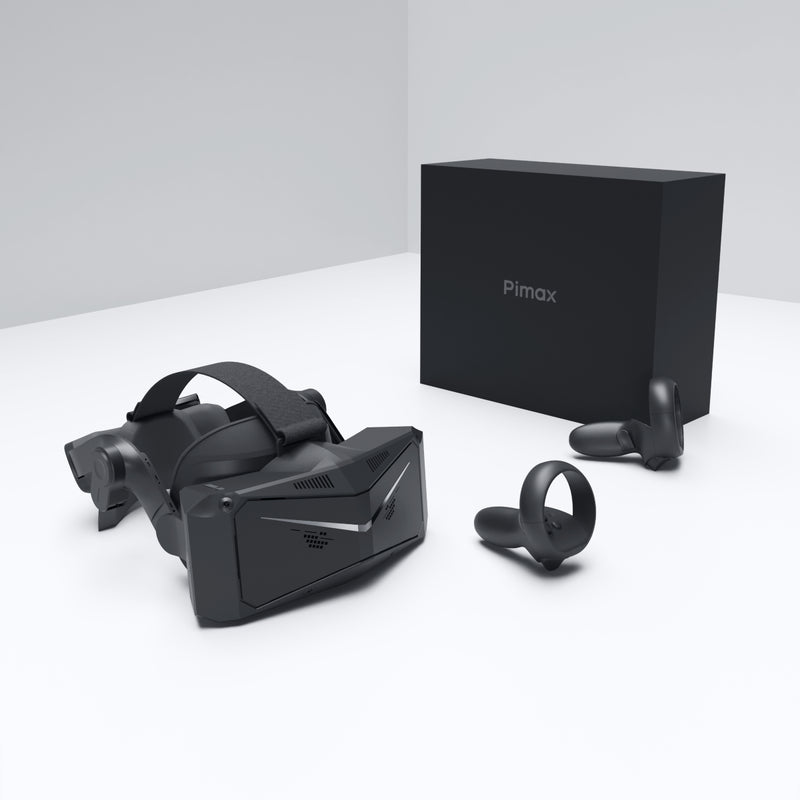Virtual reality is rapidly transforming the flight simulation experience, offering an immersive world that’s more realistic than ever before. However, selecting the right VR headset isn’t just about choosing the one with the highest specs—it’s about understanding the nuanced factors that contribute to a truly exceptional flight sim experience. Fast Jet Performance (aka Tim Davies), a trusted voice in the flight sim community, recently dissected what makes a VR headset excel in this demanding environment. Here’s a comprehensive breakdown of their insights, complete with data-driven details and expert advice.
Visual Clarity: More Than Just Resolution
While resolution often steals the spotlight in VR headset specs, Tim Davies emphasizes that clarity is a product of more than just pixel count. “It’s about how those pixels are delivered to your eyes,” he explains, noting that factors like lens design and pixel arrangement can drastically affect visual quality. For instance, he compares the Pimax Crystal Light's 2880 x 2880 per eye resolution to that of the HP Reverb G2, which has a similar resolution but a different lens setup.
In his testing, Tim found that the Pimax Crystal Light’s clarity, particularly in reading cockpit instruments, was superior due to its innovative lens design that minimizes distortions and offers a broader sweet spot. This means users won’t need to constantly adjust their headset to find the clearest view—a crucial factor during critical flight maneuvers.

Comfort: The Unsung Hero of Extended Sessions
Flight sim enthusiasts often spend hours in the cockpit, making comfort an essential consideration. Tim dedicates a significant portion of the video to discussing the ergonomics of various headsets, particularly focusing on the weight distribution and adjustability of the Pimax Crystal Light.
Weighing in at just under 900 grams, the Pimax Crystal Light is designed with extended use in mind. “The balance of the headset is spot on,” Tim notes, highlighting how its rear-mounted battery pack counterbalances the front-heavy display, reducing neck strain during long sessions. He compares this to the HP Reverb G2, which, despite being lighter at 500 grams, doesn’t distribute weight as evenly, leading to discomfort over time.

Performance: Beyond the Specs Sheet
While hardware specs are crucial, Tim stresses that software optimization and support are what truly unleash a headset’s potential. He praises Pimax’s ongoing firmware updates, which have significantly improved the Crystal Light’s performance since its launch. “You can have the best hardware in the world, but without solid software, it’s not going to deliver,” he argues.
In practical terms, this means that even in graphically intensive simulators like Microsoft Flight Simulator (MSFS) and Digital Combat Simulator (DCS), the Pimax Crystal Light can maintain high frame rates with minimal stuttering—something not all headsets can boast. Tim even runs a direct comparison between the Crystal Light and the Valve Index, noting that while the Index is a solid performer, it struggles with maintaining consistency in the same demanding environments where the Crystal Light excels.

Specific Flight Sim Considerations: MSFS and DCS
For flight sim enthusiasts, Tim delves into the specific tweaks and settings that maximize the Pimax Crystal Light’s potential in MSFS and DCS. He recommends setting the render resolution to 90% and enabling foveated rendering, which dynamically adjusts the resolution based on where you’re looking, to balance performance and visual quality.
In DCS, he found that reducing the in-game MSAA (Multisample Anti-Aliasing) setting from 4x to 2x, while maintaining a high render resolution, provided the best compromise between visual clarity and performance. “With these settings, the Pimax Crystal Light delivers an experience that’s not just immersive but also smooth and responsive,” he concludes.
Comparative Analysis: Pimax Crystal Light vs. HP Reverb G2
The video doesn’t shy away from head-to-head comparisons. Tim highlights that while the HP Reverb G2 offers excellent value and solid performance, it falls short in areas critical to serious flight simmers. The G2’s smaller field of view (90 degrees horizontal compared to the Crystal Light’s 130 degrees) and less refined lens system mean that users might experience a more tunnel-like view and have to deal with peripheral blur—a significant drawback when situational awareness is key.
Moreover, the Pimax Crystal Light’s modular design, which allows for future upgrades, gives it an edge in longevity and adaptability, making it a more future-proof investment. Tim’s verdict? “If you’re serious about flight sim, the Pimax Crystal Light is worth the extra investment for the enhanced experience it offers.”
What the Community is Saying
Tim's review has resonated with many in the flight simulation community. Viewers of his video shared their excitement and positive feedback in the comments, underscoring the impact of the Pimax Crystal Light on their sim experiences:
-
“I ordered a PCL with your link. Enjoy the 10 dalla! Buy yourself some Yorkshire Tea Gold, the elixir of gods.” @BTKCuk
-
“I like how you take the simulator seriously and don't mess around, as if it really is real. I guess that's the difference between a real pilot using it and a gamer.” @remaincalm2
-
“Absolutely love that you keep calling that adorable little propeller airplane a ‘jet’. Does my Cessna experience therefore make me a jet pilot? I think it does.” @MDoftheNorth
These comments reflect the enthusiasm of existing Pimax customers and the strong community engagement surrounding Tim’s content. One user even mentioned purchasing the Pimax Crystal Light through Tim’s referral, demonstrating the influence of his honest and insightful reviews.
Fast Jet Performance’s PC Setup
To achieve such a high level of performance in MSFS, Tim relies on a powerful hardware setup:
-
Palicomp Custom PC
-
Intel(R) Core i7-12700K CPU OVERCLOCKED
-
64GB RAM DDR4 3200 MHz
-
Arctic Liquid Freezer
-
Windows 11 PRO
-
Nvidia RTX 3080ti 11GB
Alongside this, Tim uses top-tier peripherals:
-
WINWING Orion 2 + 16EX
-
WINWING Orion2 15E Throttle Combo
-
WINWING PTO2 Panel
-
MFG Crosswind V3 Pedals
Final Thoughts: Making an Informed Decision
Choosing a VR headset for flight sim is about more than just picking the most powerful device on paper. As Tim illustrates, it’s about understanding how different factors—visual clarity, comfort, software optimization, and specific flight sim settings—come together to create a truly immersive experience.
For those looking to elevate their flight simulation sessions, the Pimax Crystal Light emerges as a top contender, offering a balance of cutting-edge specs and practical usability. If you’re interested in purchasing the Pimax Crystal Light, you can visit the product page here. To stay ahead of the curve in VR and flight sim tech, consider subscribing to Tim Davies’ YouTube channel for more expert insights and detailed reviews here.


